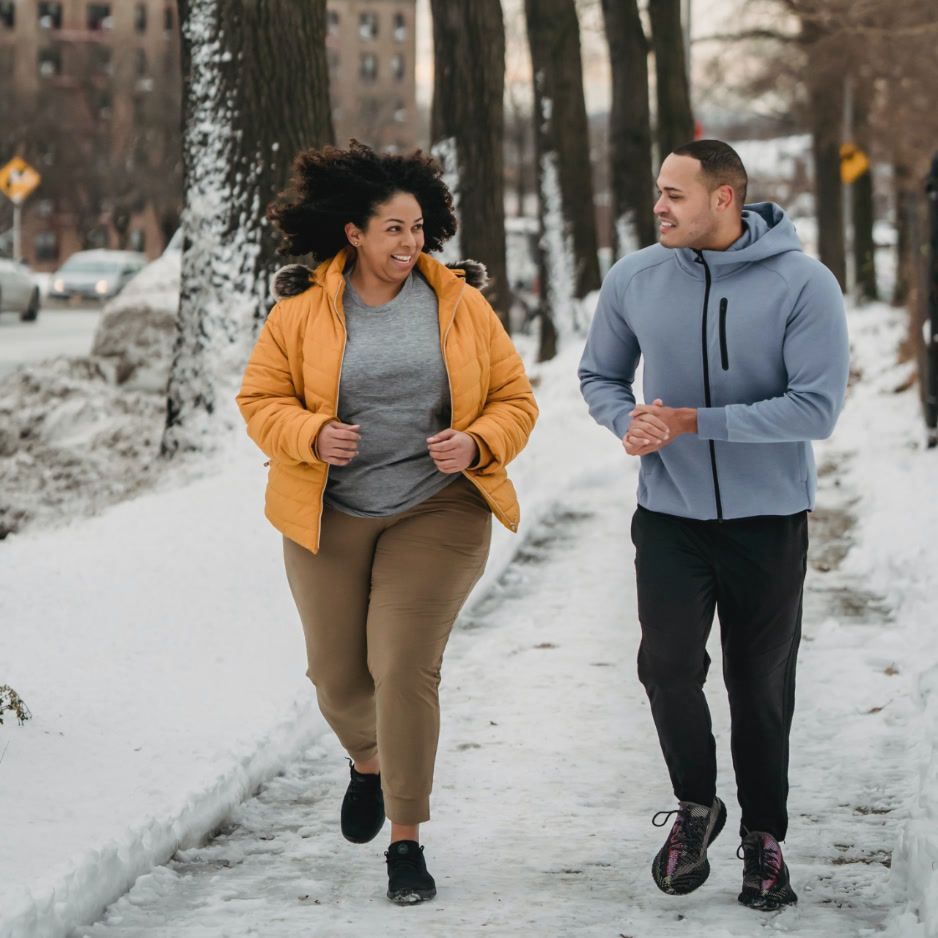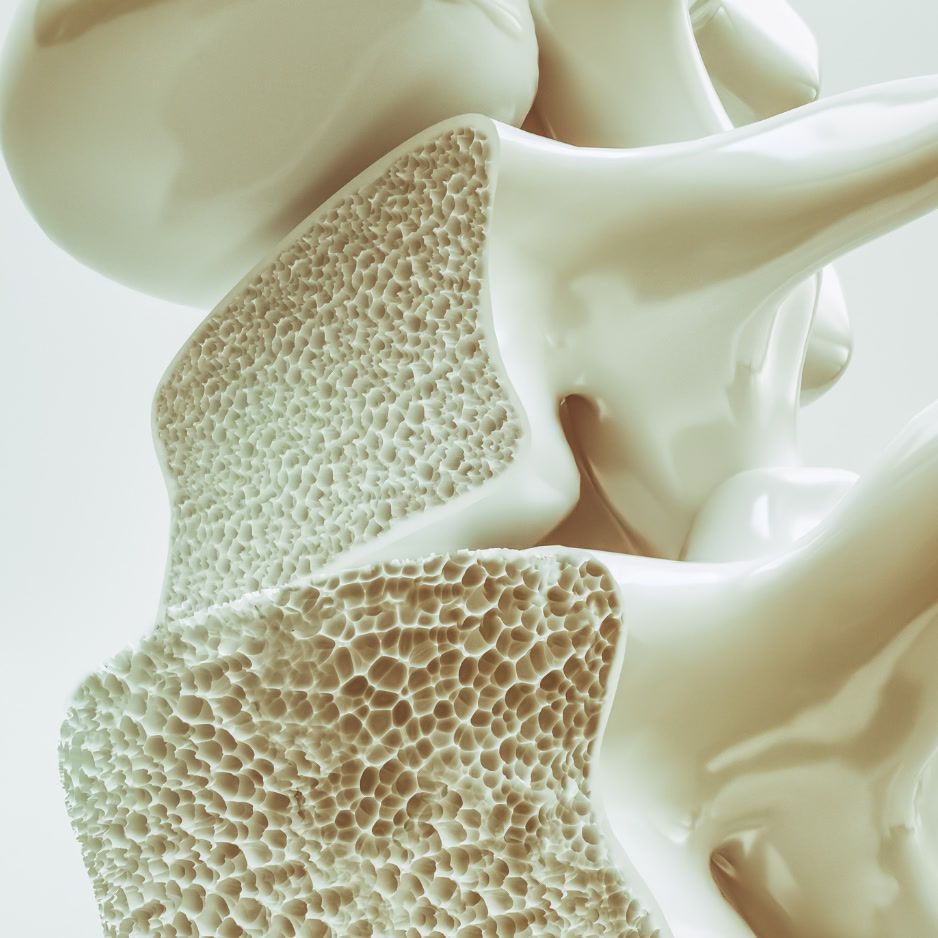Prenuvo MRI: Cost, Benefits, Risks & Comparison

Prenuvo MRI: Cost, Benefits, Risks & Comparison (2025)
Considering a Prenuvo scan? Here's a summary of what you need to know:
- Cost: typically $999–$3,999 depending on package and city, with a $4,499 option in NYC for the most comprehensive bundle, per Prenuvo’s pricing page and recent news coverage (pricing; CNBC, 2025).
- Benefits: radiation‑free, non‑contrast MRI that surveys many organs and aims to flag hundreds of conditions early (Prenuvo).
- Risks/limits: major radiology groups don’t recommend routine whole‑body MRI for average‑risk, symptom‑free adults due to unclear outcome benefits and false positives (ACR statement).
- Comparison: understand how Prenuvo differs from wellness tools like DEXA scans, which are used for tracking actionable metrics like visceral fat and lean mass.
What Prenuvo Is (and Isn’t)
Prenuvo’s website describes a non‑contrast, radiation‑free whole‑body MRI read by board‑certified radiologists. The company says its scan can help detect 500+ conditions across 33 organs and returns a detailed digital report. Packages list options like an advanced brain health assessment and an FDA‑cleared body composition analysis; some bundles add curated lab testing (pricing details). You can also review how the scan works and its limits.
Key features, per Prenuvo:
- No ionizing radiation
- No contrast dye
- Typical scan time: ~45–60 minutes
- Early detection focus for some cancers and aneurysms
- Adjunct to standard screening (not a replacement)
- Optional add‑ons: advanced brain assessment, body composition analysis, curated lab panels in select packages (pricing)
Important limitations (from Prenuvo’s own materials):
- No dedicated heart evaluation
- Limited for detailed lung microarchitecture
- Limited for small brain vessels
- Does not replace dedicated breast imaging or GI studies
- Not a substitute for targeted diagnostic imaging when specific questions arise (technical overview)

How Much Does Prenuvo Cost in 2025?

As listed on Prenuvo’s pricing page (prices vary by market):
- Comprehensive Whole Body (~45 min): $2,499 USD. Evaluates major organs and spine; often excludes arms/feet. Includes body composition and an advanced brain health assessment.
- Head & Torso (~45 min): $1,799 USD. Abbreviated anatomy focus; includes body composition and advanced brain health assessment.
- Torso (~25 min): $999 USD. Focused torso scan; no dedicated spine; includes body composition.
- Enhanced Screening with Whole Body (~60 min): $3,999 USD in most markets; $4,499 in NYC. Whole‑body MRI bundled with curated lab testing and expanded neuro/health assessments.
What’s the difference between “Comprehensive” and “Enhanced”?
- Time in scanner: ~45 min (Comprehensive) vs ~60 min (Enhanced)
- Coverage: Comprehensive may exclude arms/feet; Enhanced includes a complete scan of the arms and feet
- Included assessments: both include body composition and advanced brain health; Enhanced adds curated labs and expanded neuro components
Payment notes (separate from the options above):
- Insurance coverage is uncommon
- FSA/HSA funds are often allowed
- Affirm financing available in the U.S.
- Deposit required to book
Sources for this section: Prenuvo pricing; CNBC, 2025.
What the Evidence and Experts Say
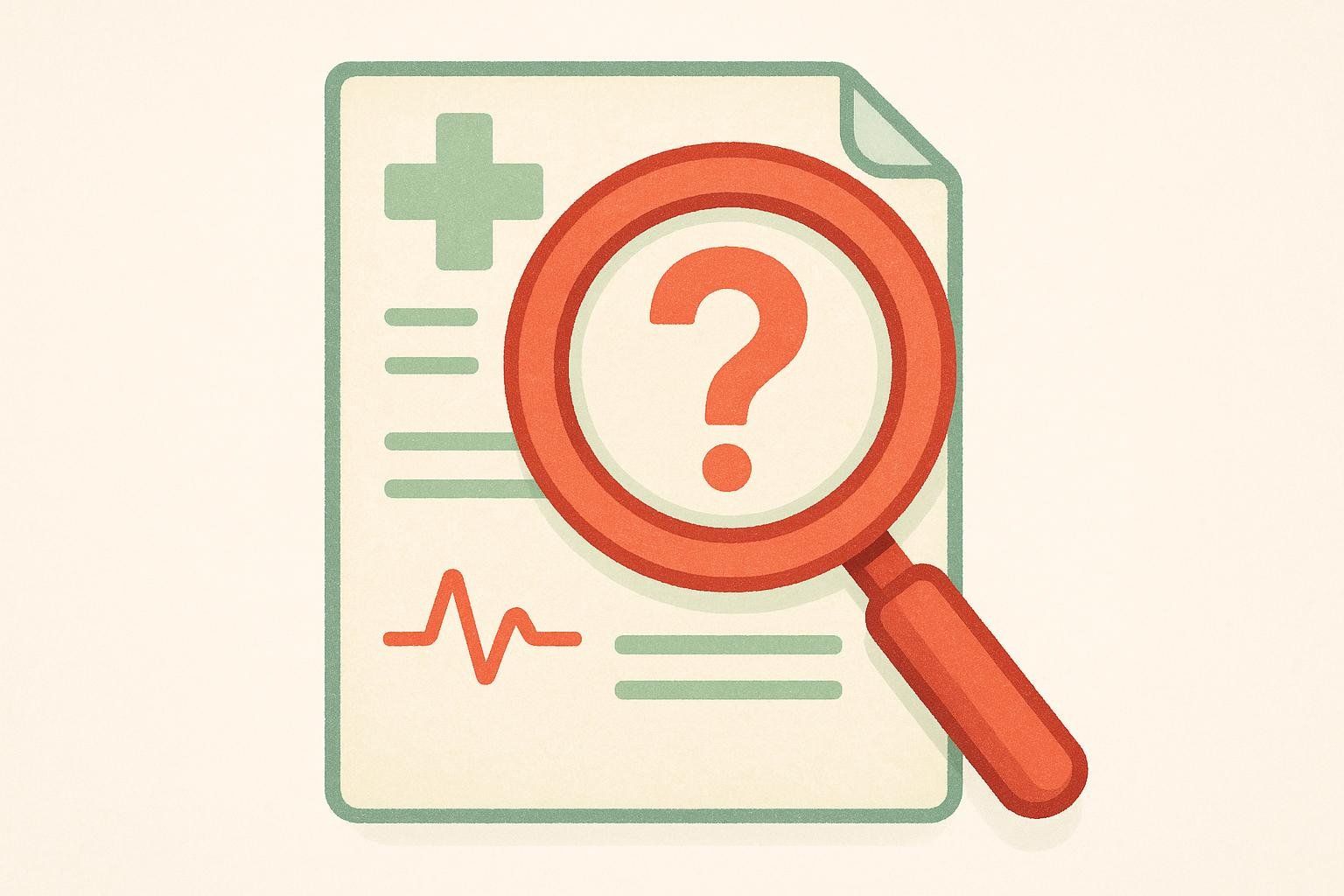
- ACR stance: The American College of Radiology does not recommend total‑body screening MRI for average‑risk, asymptomatic adults—citing lack of evidence that it extends life or is cost‑effective, and concern about non‑specific findings and downstream testing (ACR statement).
- False positives happen: A 2019 systematic review of whole‑body MRI screening in asymptomatic people estimated a pooled false‑positive rate of ~16% (six studies) with significant heterogeneity and limited long‑term verification data.
- Media and reviews echo mixed value: Health journalists and radiologists highlight cost, anxiety from incidental findings, and limited evidence of improved mortality—even as some users report peace of mind. See coverage from Verywell Health and Good Housekeeping.
What this means: whole‑body MRI may be reasonable for select higher‑risk scenarios or to investigate persistent, unexplained issues after clinician evaluation. For average‑risk adults, major societies currently advise sticking with proven screenings and focusing on modifiable health metrics.
Who Might Consider a Prenuvo Scan?
Consider discussing whole‑body MRI with your clinician if you:
- Carry a known high‑risk genetic syndrome (e.g., Li‑Fraumeni)
- Have a strong family pattern suggesting higher risk
- Experience persistent, unexplained symptoms after clinician workup
- Are comfortable with potential follow‑ups for incidental findings
For average‑risk, asymptomatic adults seeking a routine “reassurance scan,” current guidance suggests skipping or postponing, since the ACR does not endorse this use (ACR statement).
Prenuvo vs. BodySpec DEXA: What’s the Real‑World Difference?
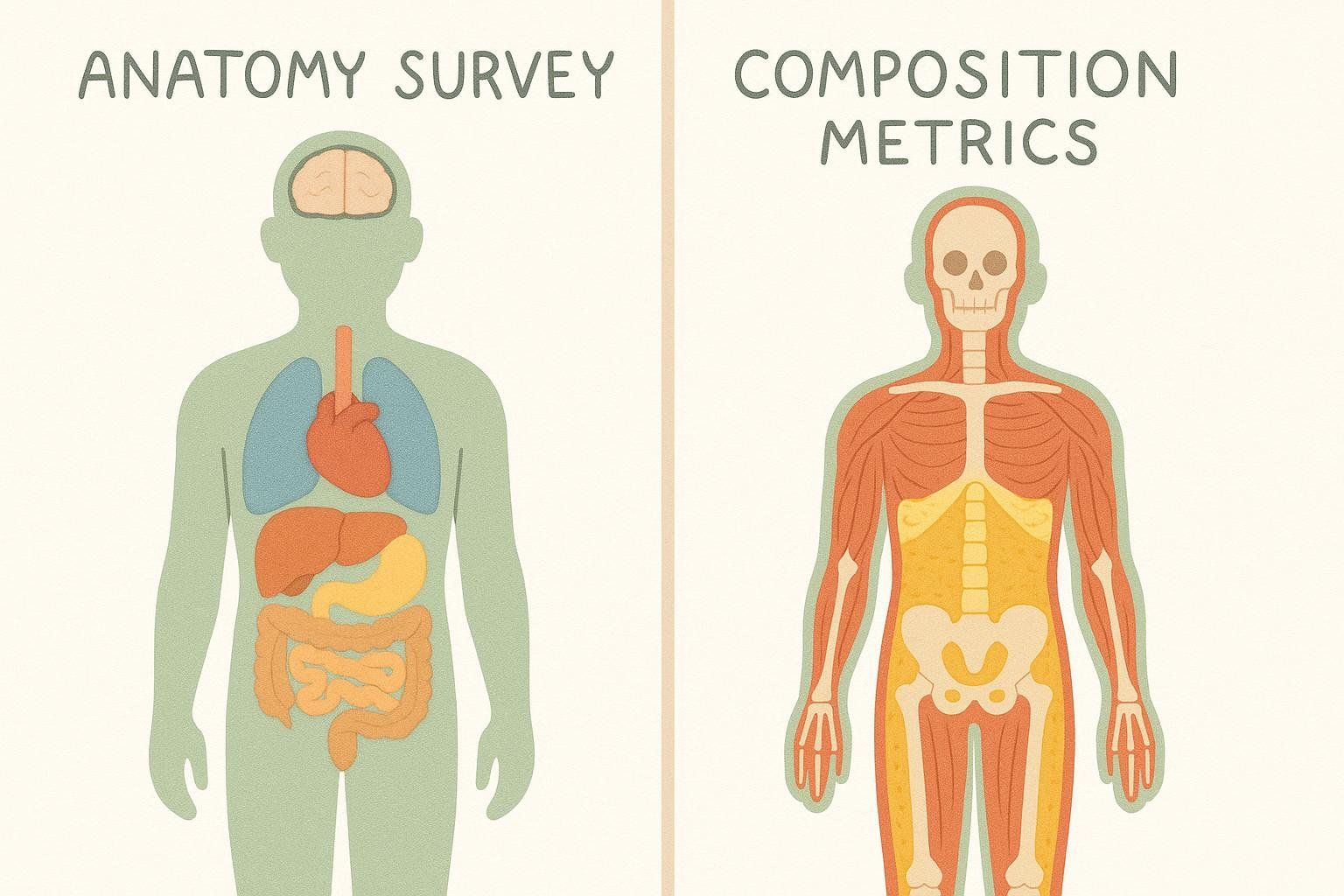
Think of these as different tools for different jobs:
What they measure
- Prenuvo MRI: takes detailed images of organs and tissues to look for abnormalities that could indicate disease. It’s designed as a broad survey for things like some cancers, aneurysms, or structural issues—without radiation (Prenuvo).
- BodySpec DEXA: measures your body composition with ultra‑low‑dose X‑ray—body fat %, visceral fat, lean mass by region, and bone metrics—so you can track how your lifestyle is changing your body over time.
Primary question
- Prenuvo: “Is there something structurally abnormal right now that might need medical follow‑up?”
- DEXA: “Are my health habits improving markers that matter for longevity—like lowering visceral fat, maintaining muscle, and protecting bone?”
What you get
- Prenuvo: a radiology report that may flag findings to discuss with your clinician; optional brain and lab add‑ons in some packages.
- DEXA: a clear snapshot of fat, muscle, and bone—plus easy‑to‑compare trend reports across visits so you can see what’s working.
Safety & frequency
- Prenuvo: no radiation; not typically repeated frequently unless there’s a clinical reason.
- DEXA: very low radiation (similar to background exposure from everyday life) and quick—making it practical to repeat for progress checks. See our safety explainer: Is a DEXA Scan Safe?
Cost & convenience
- Prenuvo: typically $999–$3,999+ and scheduled in specialty clinics.
- BodySpec DEXA: generally $40–$60, available in convenient locations with short appointments.
How DEXA Trends Offer Proactive Health Insights
While DEXA doesn’t diagnose disease the way an MRI can, repeat DEXA scans can surface meaningful trends early—such as:
- A rising visceral fat number (despite stable weight), prompting earlier nutrition/training tweaks.
- An unexpected drop in lean mass or asymmetry, suggesting adjustments to strength work—or a clinician conversation if it doesn’t make sense.
- Bone metrics trending down, encouraging earlier action on protein, lifting, vitamin D/calcium, or a medical evaluation if appropriate.
Put simply, DEXA provides quantifiable, comparable data over time, helping you track health trends and make timely, informed changes.
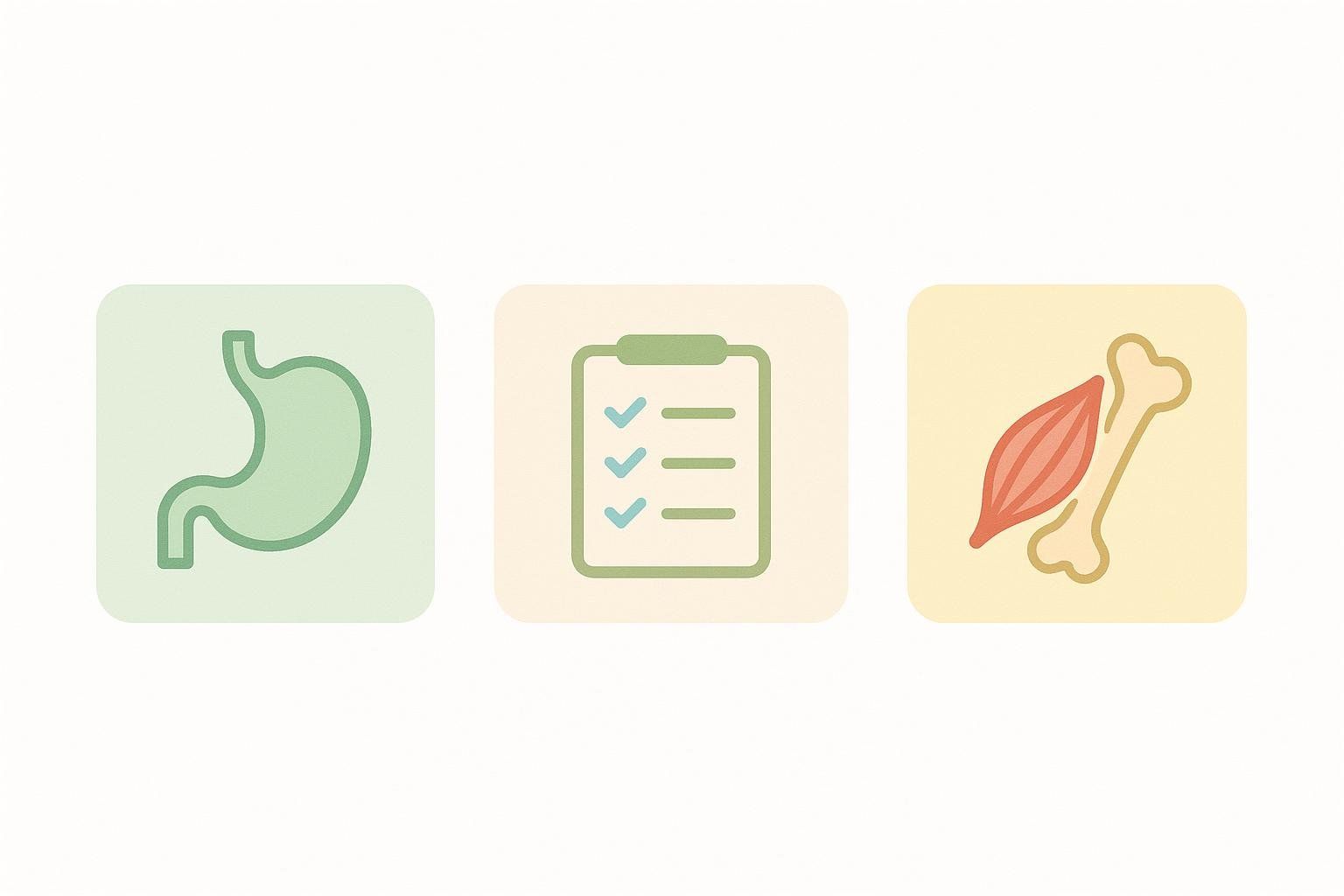
Prenuvo vs. Other Options (What Each Is Best For)
| Option | What it’s best for | Radiation? | Typical price | Notes |
|---|---|---|---|---|
| Prenuvo Whole‑body MRI | Broad, radiation‑free look for certain cancers/aneurysms and other abnormalities | No | $999–$3,999+ | Not a replacement for guideline screenings; limitations for fine details in the heart and lungs (scan limitations). |
| Standard guideline screenings | Proven mortality benefit in at‑risk groups (e.g., mammography, colon cancer screening, low‑dose CT for heavy smokers) | Varies | Insurance‑guided | Follow USPSTF/clinician guidance for age and risk. |
| BodySpec DEXA (wellness) | Tracking body fat %, visceral fat, lean mass, and whole‑body bone trends over time | Yes – very low | ~$40–$60 | Fast and repeatable for tracking metabolic health over time. |
Related reading:
- Full‑body imaging landscape and tradeoffs: Full Body Scan 101
- Modality trade‑offs for body composition: DEXA vs MRI
- DEXA safety deep dive: Is a DEXA Scan Safe?
Cost–Benefit Thinking: Is Prenuvo “Worth It” for You?

Use this quick framework with your clinician:
- Risk profile: Do you have a genetic syndrome or strong family history? If yes, potential yield is higher; if no, yield is lower and chance of incidental findings is higher. See the ACR statement and the 2019 systematic review.
- Opportunity cost: Will $1,799–$4,499 displace proven prevention—like colonoscopy, mammogram, or high‑impact lifestyle investments (nutrition coaching, sleep, strength training)?
- Follow‑up tolerance: If your report flags indeterminate findings, are you prepared (financially and emotionally) for additional imaging, specialist visits, or invasive tests—even if everything proves benign?
- Actionability: Would likely findings change your care plan now, or lead to “watch and wait” without clear health impact?
If your priority is long‑term healthspan, many people extract more value by completing guideline screenings and tracking modifiable metrics with periodic DEXA to reduce visceral fat, maintain lean mass, and monitor bone trends. Explore Are DEXA Scans Worth It? and our Accuracy Guide.
What to Expect If You Book Prenuvo
Based on Prenuvo’s materials and third‑party reviews:
- Before the scan: Online intake; U.S. clinics typically don’t require a referral; Canadian sites may require one (Prenuvo).
- During the scan: ~45–60 minutes in the MRI; no contrast; remain very still; entertainment may be available (Good Housekeeping).
- After the scan: Digital report via app/portal; optional consult; expect some benign or age‑related findings (Prenuvo).
Planning a DEXA instead? Here’s how to prep: Prepare for Your BodySpec Scan
FAQs
Does Prenuvo really detect “500+ conditions”?
That’s Prenuvo’s claim; it refers to a broad set of potential abnormalities across multiple organs. The company also outlines clear limitations and states its scan does not replace standard, evidence‑based screenings (Prenuvo).
Is whole‑body MRI recommended for healthy, average‑risk adults?
Not by major radiology societies at this time. The ACR does not recommend routine total‑body MRI screening for asymptomatic, average‑risk individuals (ACR statement).
What are the main risks?
False positives (findings that look abnormal but are not clinically significant) are common in screening‑style whole‑body MRI and can lead to anxiety and extra tests. A 2019 systematic review on WB‑MRI estimated a pooled false‑positive rate of ~16%.
Will insurance cover it?
Usually not, though FSA/HSA funds and third‑party financing are common for self‑pay imaging services.
How does Prenuvo compare with DEXA?
They answer different questions. Prenuvo is a radiation‑free survey for certain diseases. A BodySpec DEXA scan quantifies your body fat %, visceral fat, lean mass, and bone—actionable data you can improve with training and nutrition. Over time, trends can act like an early dashboard for potential red flags to discuss with your clinician.

Bottom Line
Prenuvo offers a radiation‑free, high‑resolution look across many organs and may surface issues early in select, higher‑risk individuals. However, for average‑risk, symptom‑free adults, major radiology bodies don’t recommend it routinely—and false positives can drive cost and worry without proven outcome gains.
If your priority is actionable, repeatable health data, start with age‑appropriate screenings and track metabolic levers (visceral fat, lean mass, bone trends) with a fast, low‑cost BodySpec DEXA scan.
- Explore DEXA safety: Is a DEXA Scan Safe?
- Compare modalities: Full Body Scan 101
Ready to see your numbers change for the better? Get precise body composition data and clear next steps—book a BodySpec DEXA scan today.
Educational only; not medical advice. Always consult your clinician for personalized recommendations.
